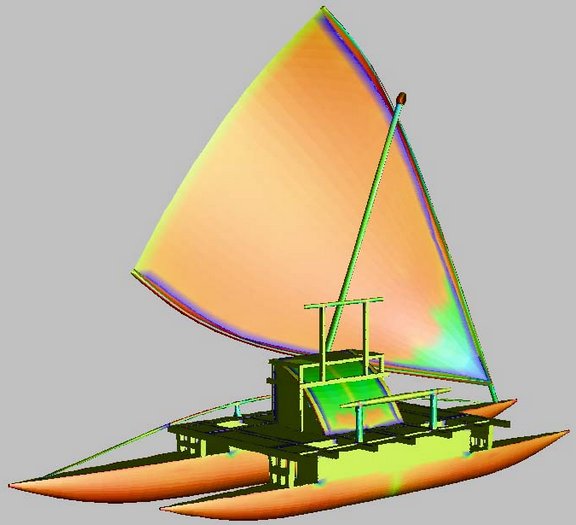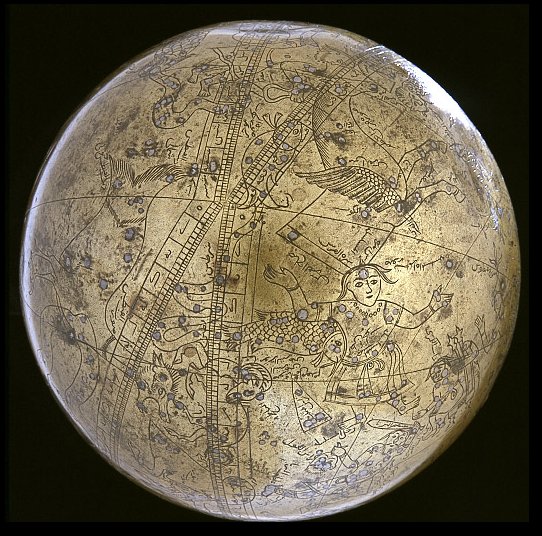|
GLYPHS
Aa6-66-7 Here we should be ready to discuss the possible significances of Aa6-66:
The resemblance with page number 74 in the Dresden Codex has recently been noticed:
In Manuscript E page number 74 relates to how 6 moega (sleeping) mats were required before the double canoe of king Hotu A Matua could get going.
Early on I decided to perceive Aa6-66 as a case of my glyph type named moe. And after a quick new look at these glyphs I found examples in the G text which should be helpful:
As I remember it this type of glyph puzzled me because it looked like a tired old bird, although its use in the texts was evidently quite the upposite - they appeared very early. ... The word moe (which Metoro often used at moe glyphs) together with the visual impressions from the glyph type makes it easy to draw the conclusion that the intention could be to illustrate the end of a 'tired old' season. However, another explanation is probably more correct - viz. that moe marks the time when next season is making itself noticed by light in the east (although the celestial body expected still has not risen). When the light announces the arrival of the moon it is called koata and this seems to have been a reason for great joy (koa) ...
In the A text we can now try to put in parallel these glyphs:
Aa6-60 is a glyph with a complicated moe exhibited high up in front. → 60 + 6 = 66. → 482 (Aa6-66) - 74 = 408 → *408 at the Navel of the Horse → 2 * 241 = 2 * 204 + 2 * 37.
|
















